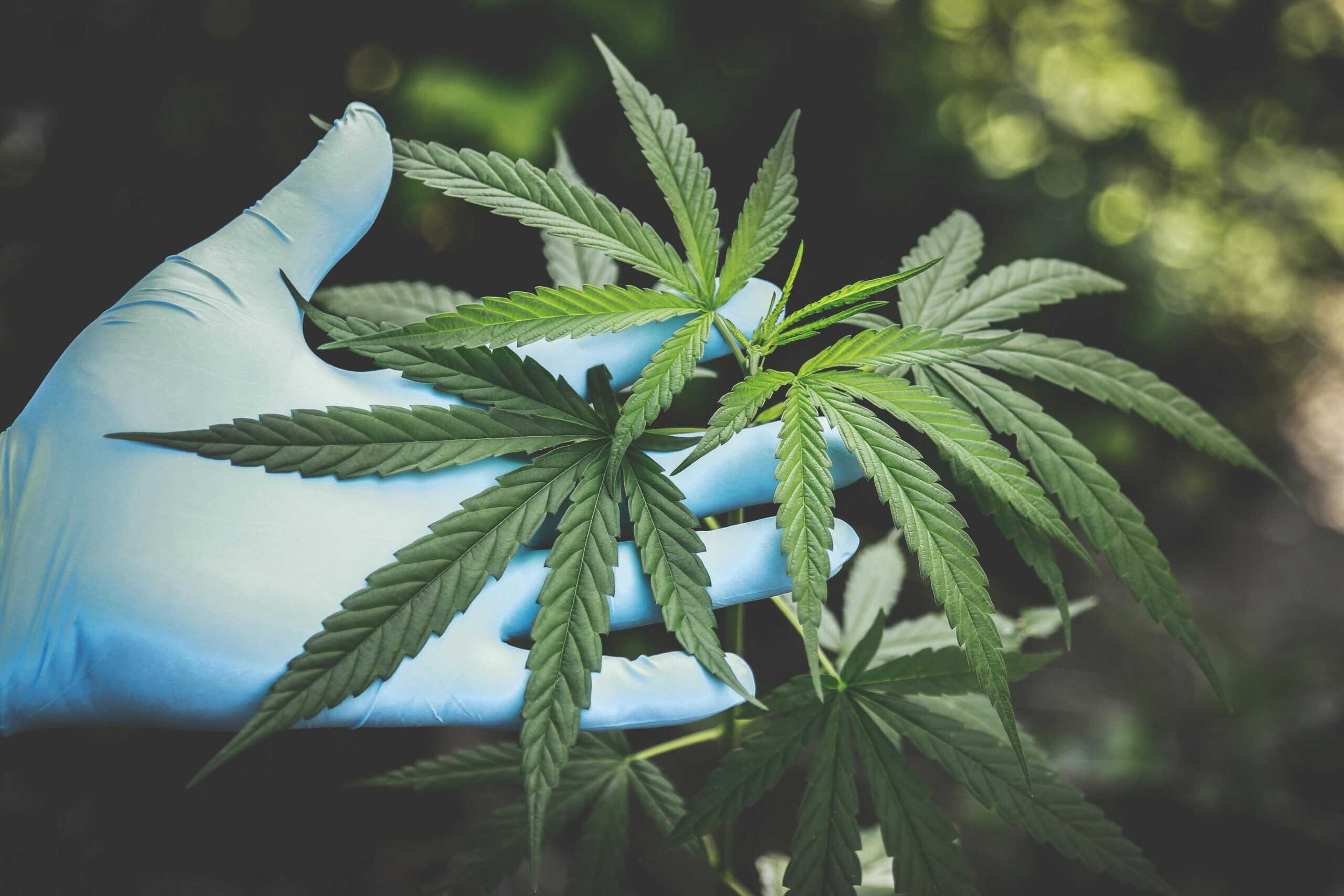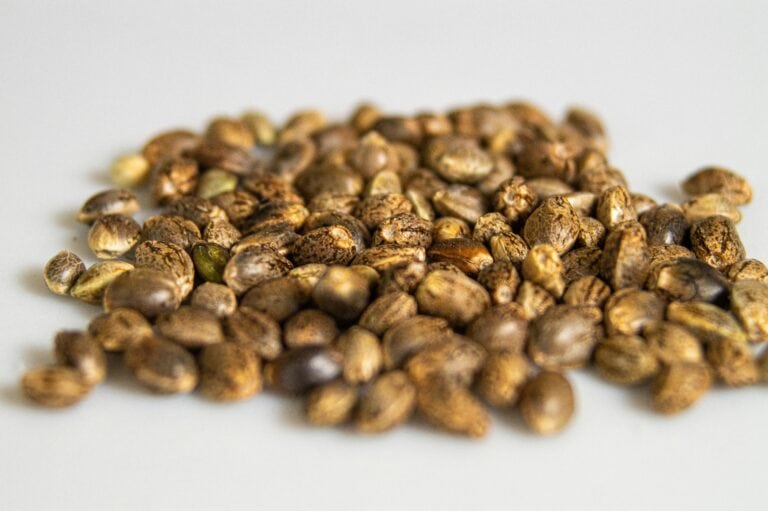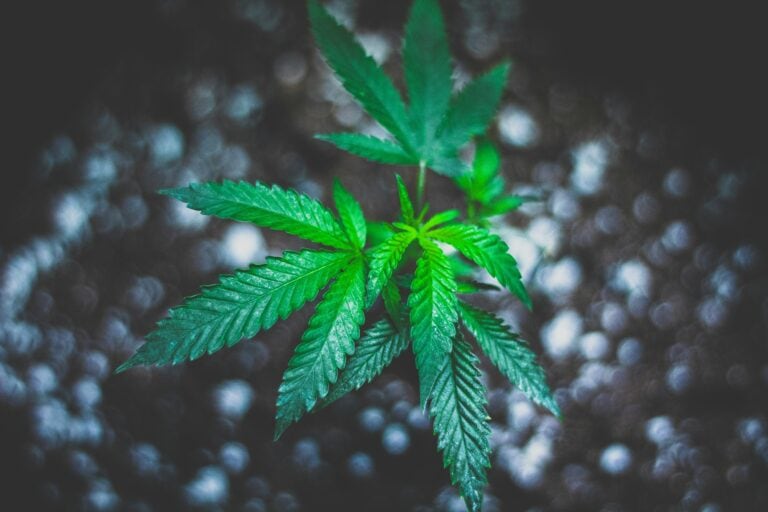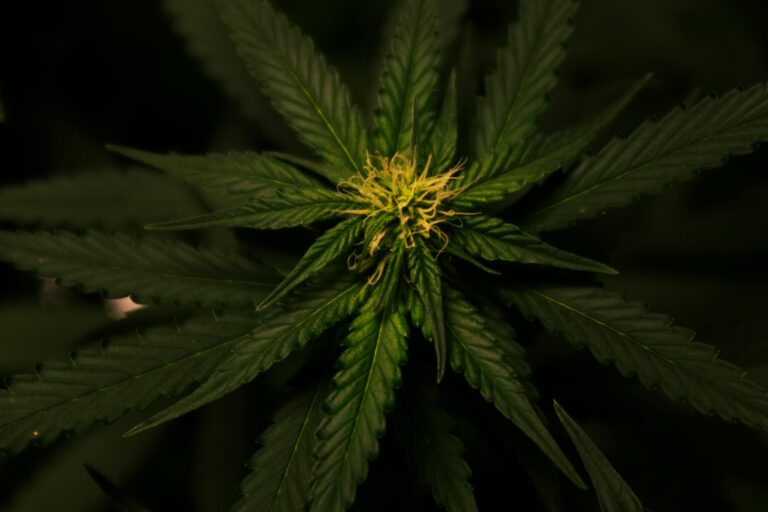Is Growing Cannabis Hard? An Honest Guide for Your First Few Grows
If you’re anything like me, you’ve probably looked at a sad, wilting houseplant on your windowsill and had a moment of doubt. You ask yourself, “is growing cannabis hard?” Let’s be real, if my succulent is barely hanging on, can I really take on cannabis cultivation? After falling down a rabbit hole of grow guides and expert forums—because I haven’t planted my first seed yet—I’m here to share the straightforward, no-fluff answer I was looking for.
So, let’s cut to the chase. The consensus from all my digging is this: To grow cannabis isn’t magically difficult, but it’s also not a hands-off hobby you can forget about for a week. The good news is that the cannabis plant itself is extremely durable and has a natural ability to grow without human intervention. However, if you’re aiming for the kind of results we’re all hoping for (you know, high-quality cannabis flower), your plant should be grown in optimal conditions. Think of it less as a mystical art form and more like a super rewarding science project—one that requires attention and care from the cannabis grower, but doesn’t require a degree in botany.
Since I’m on the verge of starting my own journey from a nervous newbie to (hopefully) a proud first-time grower, I decided to compile all my research into one place. We’re in this together. In this guide, we’ll walk through everything I’ve learned from the pros—from the easy wins that build your confidence to the potential pitfalls to watch out for. We’ll cover the basic timeline from a tiny seedling to a successful harvest, break down the key differences between an indoor grow and growing outdoors, and share the most valuable tips I’ve found to make our first few grows a success.
Table of Contents
The Honest Answer: A Balancing Act of Easy to Grow and Gardener’s Care
So we’ve established it’s a “yes, but…” situation. Based on my research, the difficulty of cannabis growing really comes down to a tug-of-war between the plant’s natural toughness and its need for a little TLC from us, the grower. Success for any cannabis grower is found right in the middle. Let’s break down both sides of that coin.
The Easy Part: Why Cannabis wants to Grow
One of the most encouraging things I learned is that cannabis is an extremely durable plant, capable of growing in diverse climates all on its own. This isn’t some fragile orchid that will give up if you look at it the wrong way. This natural resilience is a huge advantage for a first-time grower.
The barrier to entry is also lower than ever thanks to some beginner-friendly options. My research consistently pointed to two great starting points:
- Autoflowers: These seem to be the top choice for beginners, mainly because this type of cannabis is easy to grow and has a short grow cycle. They automatically start to flower on their own without needing a change in the light cycle, which is a huge plus. The experts say autoflowering cannabis seeds are one of the best ways for a new grower to learn the ropes.
- Clones: Another path to grow cannabis is to start with a clone instead of a seed. A clone is just a cutting taken from a mature “mother plant,” so it’s an exact genetic replica. This takes a lot of the guesswork out of those fragile, early seedling stages.
The Challenging Part: Where New Growers Stumble
Okay, so it’s not all automatic harvests. The “hard” part of growing pot seems to be less about the plant and more about being a good gardener who can create the right environment. This is where your attention is truly required.
If you choose to grow indoors, you’re essentially taking on the role of Mother Nature. This gives you complete control over the growing conditions, but it also means you are responsible for managing every variable, including the temperature, humidity, and the hours of light your cannabis plant gets, to keep your plant happy.
On the other hand, if you’re growing outdoors, you have to deal with nature’s own challenges. One of the biggest warnings I came across in my research was the risk of molds and mildews, especially the notorious powdery mildew. To prevent this, the guides all stress that providing good air circulation is an absolute must, which usually means you’ll need to prune your plants as they grow.
Breaking Down the Grow Cycle: An Overview from Seedling to Harvesting
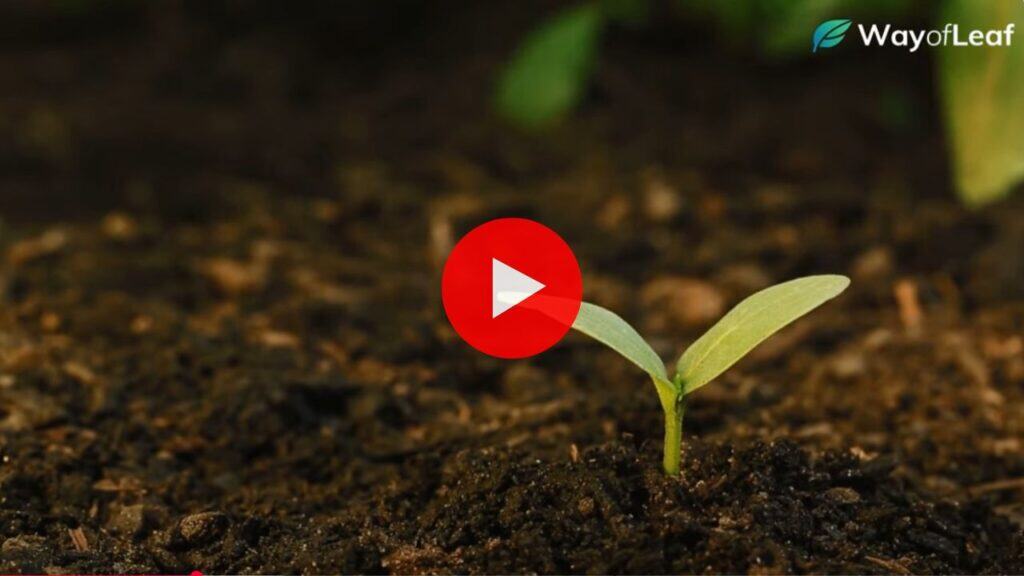
Okay, this is where the journey to grow cannabis gets real. From all my reading, the entire life of a cannabis plant can be broken down into four main stages. Think of it like a video game with four levels. Getting a handle on this timeline made the whole process of growing your own cannabis feel much less intimidating to me. Here’s the play-by-play I’ve pieced together from the guides.
Stage 1: Germination and the Fragile Seedling
It all starts with waking up the cannabis seeds, a process called germination. The guides point to a couple of simple ways to do this, like the paper towel method (placing seeds in a wet paper towel in a warm, dark place) or just leaving them in a jar of water. After a few days, the seeds will crack open to reveal a single “taproot”. Once you see that little white root poking out, it’s time to plant! You’ll gently place the seed (taproot first) into a starting medium like a rapid rooter, and soon after, a tiny seedling will sprout from the top.
Stage 2: The Vegetative Stage – Building the Green Machine
Once your seedling is planted, it enters the vegetative phase. This is basically the plant’s childhood and teenage years all rolled into one, a process that can take anywhere from two to six weeks. The main goal here is for the cannabis plant to get big, tall, and strong, focusing only on growing stems and leaves. To make this happen, a grower will typically keep the lights on a schedule of 18 hours on and 6 hours off. During this time, it’s also important to provide good air circulation by pruning the plant a bit, which will help later on.
Stage 3: The Flowering Phase – The Main Event
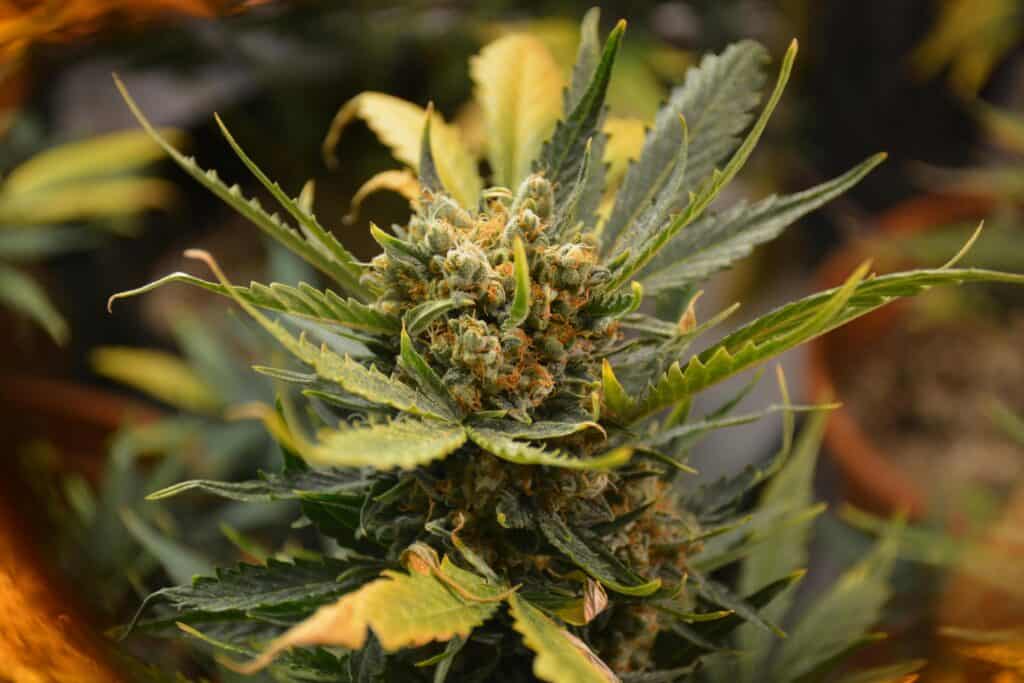
This is what it’s all about! The flowering phase is where all that leafy growth pays off and your cannabis plant finally starts to produce bud sites. For many cannabis types, you have to trigger this stage yourself by switching the light schedule to 12 hours on and 12 hours off. This change tells the plant that “winter is coming” and it’s time to create a flower. This is also when you’ll switch from a high-nitrogen fertilizer to one that’s high in phosphorus to encourage blooming. The experts say you should stop pruning once the plant starts flowering. This stage can last for 6 or more weeks before it’s time for the final step.
Stage 4: Harvesting: The Sweet Reward
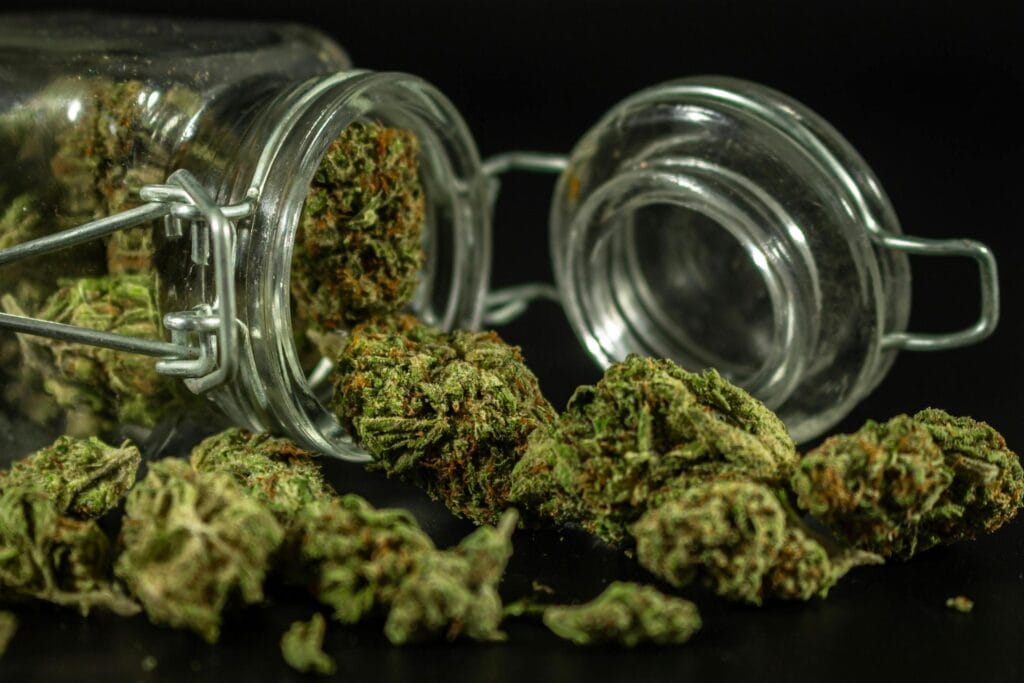
After all that patience, it’s time to harvest. From what I’ve read, knowing exactly when to harvest is a bit of an art. The pros say to stop using fertilizer at least two weeks beforehand. You’ll know it’s ready by looking for a couple of key signs:
- The pistils (tiny hairs on the flower) should be at least 50% orange or red.
- The trichomes (the frosty-looking “crystals” on the bud) should change from clear to a milky white color, with some amber mixed in. You’ll need a magnifying tool to see this clearly.
Once the cannabis is ready, the harvesting process itself has a few steps:
- Cutting & Trimming: You’ll cut the flowering branches off the plant and trim away the large fan leaves.
- Drying: The branches are hung upside down in a well-ventilated space for several days. The guides say they’re ready for the next step when the flowers feel crispy but the smaller stems bend instead of snapping.
- Curing: Finally, the trimmed bud is sealed in airtight glass jars. You have to “burp” the jars daily by opening them to let moisture escape. Once the buds no longer feel wet when you open the jar, the cultivation process is complete, and they’re ready for long-term storage.
Indoor Grow vs Growing Cannabis Ourdoors: Choosing Your Battlefield
One of the first big decisions I realized I’ll have to make is where to grow. Are we setting up a secret garden in a spare closet or letting our plants live their best life in the backyard? The research points to some clear pros and cons for both indoor and outdoor growing. It seems to boil down to a classic trade-off: total control versus natural freedom for your cannabis.
The Controlled World of Growing Cannabis Indoors
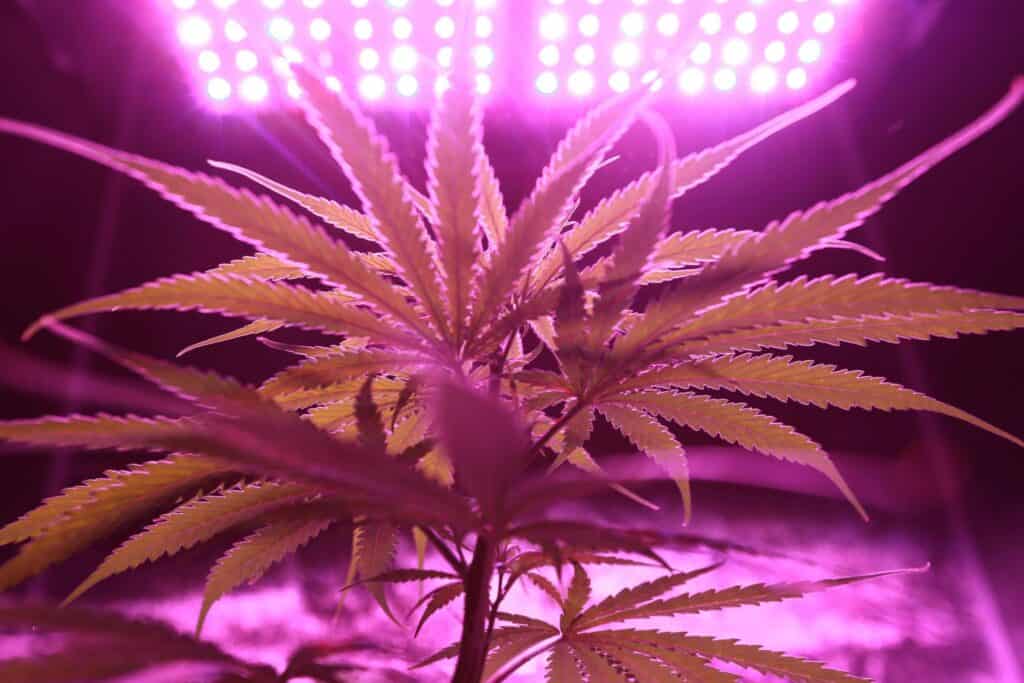
From what I can tell, going the indoor route is all about control. Setting up your grow indoors gives you complete command over the entire cycle and the conditions your cannabis plant will grow in. You get to be the master of the universe, adjusting every variable like temperature, humidity, and the light cycle. This also means your cannabis plant is protected from animals, pests, and other contaminants like mold spores.
A quality grow tent seems to be a crucial piece of this puzzle for any indoor cannabis cultivation. The guides explain that a good tent insulates the plant’s habitat and prevents precious light from leaking out. Many are made with a reflective interior that works to boost the light output, hitting every part of the cannabis plant instead of just the top.
The Natural Freedom of Growing Cannabis Outdoors
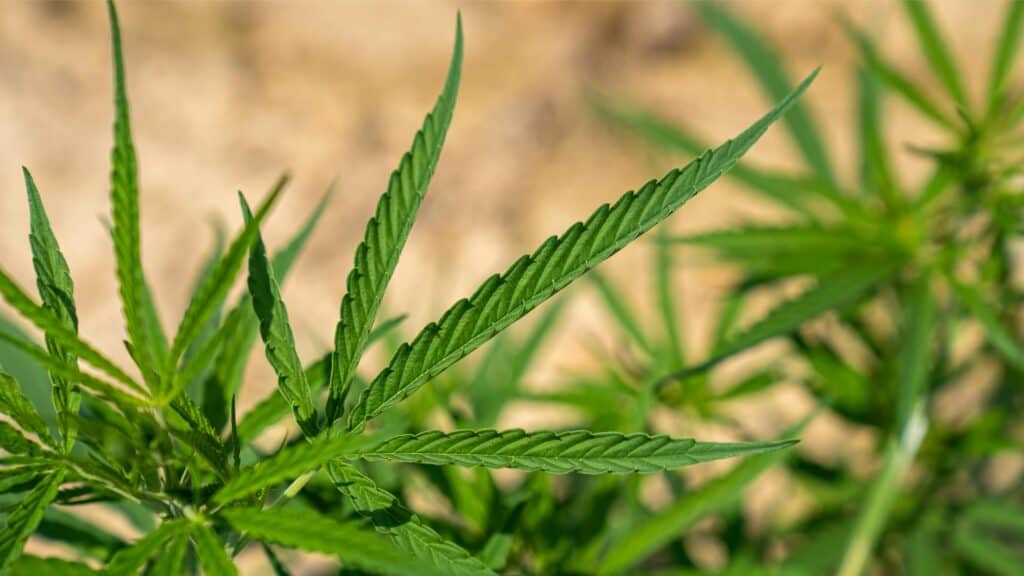
On the flip side, growing cannabis outdoors is about embracing Mother Nature. The big win here is pretty obvious: using the power of the full sun. It’s a more organic approach and can be less expensive to start.
The guides for outdoor growing do have some important warnings, though. You have to “harden off” your plants by slowly introducing them to direct sunlight over the course of a week. You should also wait until overnight temperatures stay above 50°F before planting them outside. A big risk is weather, and the experts warn you must protect your cannabis from rain before harvesting to avoid mold, which can damage your entire crop. One clever tip I found was to plant in a large pot instead of directly in the ground. This gives you the option to move the plant inside if the weather turns bad early in the fall, potentially saving your harvest.
Our Top Researched Tips for Growing that Make a Good Grow Easier
Throughout all this research, I kept a running list of “Aha!” moments—those simple, actionable tips for growing that made me feel like I could actually do this. These are the golden nuggets of advice that came up again and again in the guides. Here are the top four that I’m definitely taking with me into my first grow.
Tip 1: Choose Your Fighter (Cannabis Strains and Starting Methods)
First off, not all cannabis is the same. The research shows a clear difference between cannabis strains. Indica plants are generally more sedative and provide relaxation, while Sativa strains are known to stimulate the brain and have an uplifting, energetic effect. As we found earlier, the guides strongly recommend that beginners start with either autoflowering cannabis seeds or a clone to make the process easier.
Tip 2: Keep It Simple with Water and Nutrients
This one seems huge. When it comes to watering, the golden rule I found is to allow the plant to dry out between waterings. And for nutrients, it doesn’t have to be a complicated chemistry experiment. I was relieved to learn that you can get soil kits that are pre-formulated for beginners, meaning there’s no need to adjust pH levels or add a bunch of extra nutrient chemicals because it’s all already in there. The right fertilizer makes all the difference.
Tip 3: Learn to ‘Read’ the Light
Light is everything. We know the light schedule changes from the vegetative phase (18 hours on) to the flowering phase (12 hours on), but the cannabis plant gives you clues, too. One of the best simple tips I read is that if your plant isn’t getting enough light, it will physically reach and stretch toward the grow light. It’s like the plant is waving and saying, “Hey, more light over here!”
Tip 4: Don’t Be Scared to Give it a Haircut (At the Right Time)
Pruning sounds intimidating, but the guides make it clear it’s a must-do. Good air circulation is essential to avoid mold and fungal issues, and you get that by pruning during the vegetative stage. This is a critical point, though: the experts say you should not prune the plant once it starts flowering. So, all haircuts have to happen before the main event begins.
Conclusion: The Final Verdict on Growing Your Own Cannabis
So, after all this research, what’s the final verdict? Is growing cannabis hard? My conclusion is a resounding “no, but…” It’s a project that demands your attention and care, but the idea that cannabos is not difficult to grow holds true, provided you’re willing to learn as you go.
The guides make it clear that the real reward isn’t just about the final harvesting. It’s about the satisfaction of taking a tiny seed through its entire life cycle, the connection you build with the cannabis plant, and the pride that comes from successfully managing your own cannabis cultivation from start to finish.
For me, this research has turned intimidation into pure excitement. I’m ready to take these notes and finally start my own grower journey. Hopefully, this guide has done the same for you. You’ve followed all the steps and are ready to kick back, relax, and enjoy the fruits of your labor!
Frequently Asked Questions (FAQ)
So, is growing cannabis really that hard?
No, but it does require your attention and care. My research shows the cannabis plant is naturally resilient, but to get good results (the flower and buds you’re hoping for), you need to provide the right conditions. The best way to think of it is as a rewarding project, not a magically difficult task.
What is the easiest cannabis to grow for beginners?
The guides consistently point to two great options for beginners. The first is starting with autoflower seeds. These are popular because they grow quickly and are generally easier to manage, as they begin to flower automatically without you needing to change the light cycle. The second option is starting with a clone, which is a cutting from an established “mother plant”. This allows you to skip the delicate seed germination stage altogether.
How long does it take to grow cannabis from seed to harvest?How do I know when my cannabis is ready to harvest?
According to the research, there are two key visual signs to look for. First, look at the
pistils (the tiny hairs on the flowers); at least 50% of them should have changed from white to an orange/red color. For a more accurate sign, use a magnifier to look at the
trichomes (the frosty-looking crystals). They should change from being perfectly clear to a milky white color, with some amber mixed in.
How much light does my plant need?
The light schedule depends on the plant’s stage of life.
Vegetative Stage: During this growth phase, the standard is 18 hours of light followed by 6 hours of darkness.
Flowering Stage: To encourage your plant to produce buds, you switch the schedule to an even 12 hours of light and 12 hours of darkness.
Can I legally grow marijuana at home?
This is a critical question, and the answer depends entirely on where you live. Each state and even local municipalities have their own specific laws and restrictions surrounding home cultivation. Before you even think about buying seeds or equipment, it is essential that you research and fully understand your local guidelines.
Is it cheaper to grow or buy cannabis?
There is definitely an initial investment to get started, especially if you are planning an indoor grow with a tent, grow light, and filtration system. However, my research indicates that over the long term, it is significantly cheaper for a regular user to grow their own high-quality cannabis at home compared to consistently purchasing it from a dispensary.

